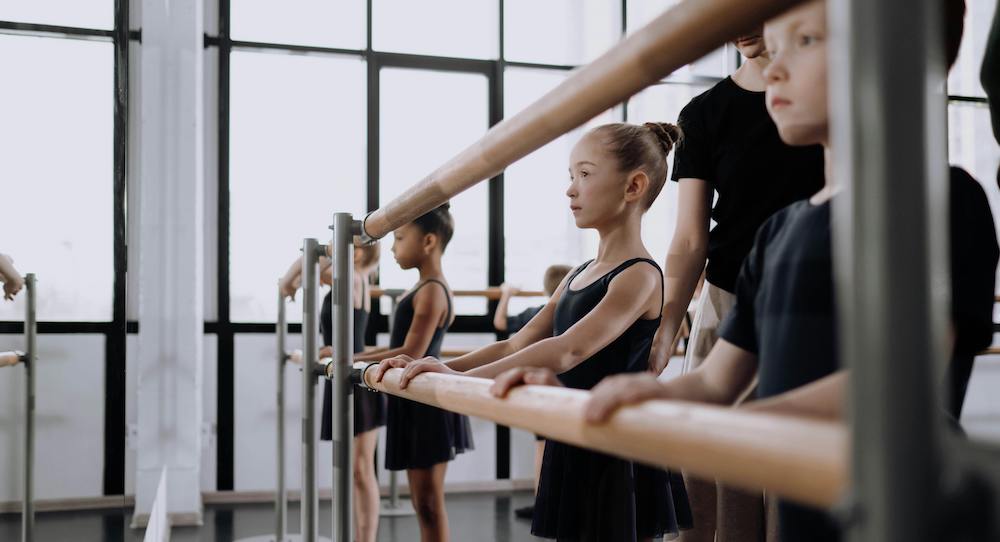For decades, dance training has operated on the belief that toughness breeds excellence. Harsh teaching methods, body shaming and a disregard for mental health were often justified as ‘preparing dancers for the industry.’ Many of us were shaped by this culture, enduring criticism that chipped away at self-esteem, pushing through pain without question, and internalising the idea that suffering was simply part of the art form. But why does toxic teaching still persist?
Why toxic teaching prevails
Despite growing awareness of the harm it causes, many teachers struggle to let go of outdated, harmful methods. Often, they are simply teaching the way they were taught, believing that because they survived harsh training, their students should, too. Some fear that without strict discipline, students will become entitled or unprepared for professional life. Others feel that easing up on tough methods will undermine their authority or make them seem irrelevant in a changing industry. There is also an unconscious tendency to perpetuate past injustices; if a teacher had to endure harsh treatment to succeed, they may subconsciously feel it would be unfair for the next generation to receive an easier path.
But these justifications do not hold up to scrutiny. Research has shown that fear-based teaching does not create stronger dancers; it creates fearful ones, not to mention leaving little optimism for long-term mental and physical wellness beyond dance. It is possible to push students to be their best without breaking them in the process.
Breaking the cycle
To create a healthier dance culture, we must consciously break these toxic cycles. But how?
#1. Recognise harmful teaching behaviours.
-Do you frequently criticise without offering solutions?
-Do you use shame as a motivator?
-Do you dismiss student concerns about injury, mental health, or body image?
-Do you feel uneasy about softening your approach, fearing students will take advantage?
-Have you ever justified harsh treatment by saying, ‘That’s just the way it is’ or ‘It worked for me’?
If you recognise these patterns, you’re not alone; many teachers are still unlearning what they were taught. But acknowledging these behaviours is the first step towards change.
#2. Shift your mindset.
-Accept that progress in teaching methods does not mean past generations should be shamed and blamed; it means we now have the knowledge to do better.
-Recognise that pushing students with fear does not make them stronger. It often makes them anxious, insecure, or burnt out.
-Understand that teaching is a lifelong learning process. Evolving your methods does not make you irrelevant; it makes you a better teacher.
#3. Develop a new approach.
-Replace shame and criticism with constructive feedback, giving solutions of how a dancer might improve.
-Encourage autonomy while still setting high standards. Give students space to make choices, but help them understand the commitment required to reach their goals.
-Lead by example. Model resilience, discipline, and professionalism without resorting to intimidation or belittlement.
-Seek professional development opportunities to continue learning about effective, research-backed teaching methods.
Balancing care with resilience
Once we shift away from toxic teaching, the next challenge is ensuring we still push students to reach their potential. In our efforts to be kinder, we must not allow dancers to avoid challenges that build resilience. Here’s how we can strike the right balance:
#1. Set high expectations with clarity and kindness.
Demand excellence, but frame expectations positively: ‘I know you can do better. Let’s work on it together.’
#2. Normalise struggle and failure.
Create a culture where mistakes are seen as part of growth. Celebrate progress, not just perfection.
#3. Encourage effort over outcome.
Praise perseverance and problem-solving, rather than just results.
#4. Teach emotional regulation skills.
Guide students through setbacks by helping them reflect on what they can learn, rather than letting them dwell on frustration.
#5. Balance choice with commitment.
Give students autonomy, but also the responsibility to persevere through difficult moments.
The evolution of dance teaching
Breaking toxic cycles doesn’t mean lowering standards. It means recognising that discipline and compassion are not opposites; they are partners.
Dancers who are nurtured, supported, and encouraged to be resilient will not only reach their full potential but can do so without sacrificing their mental or physical health. As teachers, our greatest challenge, and responsibility, is to walk that line with care. Because resilience is not built through suffering, but through belief. And when we show our students that we believe in them, they will learn to believe in themselves.
By Anna Morgan of Dance Informa.














